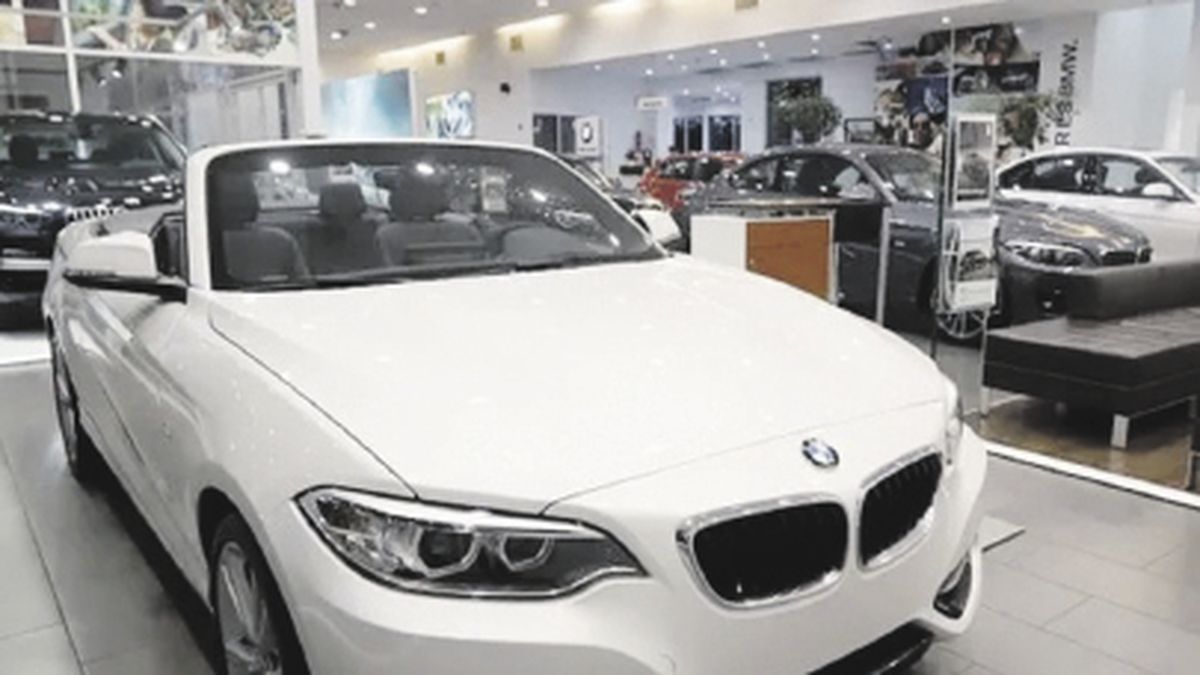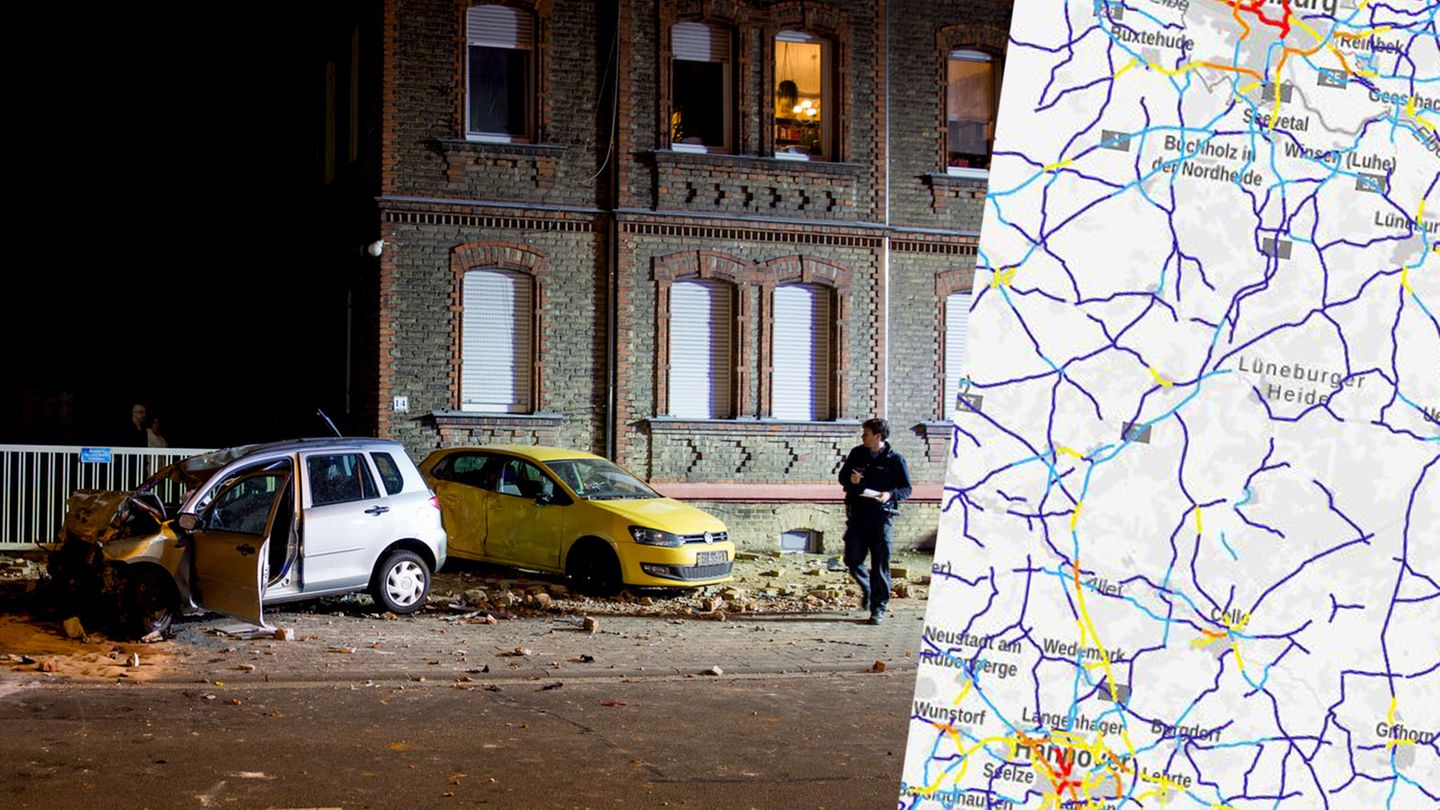Since the end of June, the Government has not issued permits to import cars due to the lack of dollars and this measure is fully felt in the automotive market with a worsening of the shortage of 0 km that do not occur in the country.
In this way, it has been 60 days since authorizations (known as SIRA) for the entry of foreign vehicles have been released.
According to the latest data for July, which was obtained by Ámbito, the total stock of cars on the market was 58,763 units. This was equivalent to a month and a half of sales. The normal thing is that the stock represents about three months of sales to be able to have the network supplied.
It is about all the vehicles in the country. Technically they were all with certificates available for patenting. They are throughout the chain between the factory, the network of dealers and resellers.
Over the weeks, part of that volume was consumed and there was no replacement of units by the importing stocks. Yes, on the other hand, models of national production were added.
Although SIRAs have not been authorized since June, in any case, 0 km that were in the port warehouses continued to be nationalized. These are units that already had permits previously granted. However, according to the official figures that appear in the import records, in August, 2,048 vehicles had entered the country until yesterday.
It is a very low volume considering that the market in recent months was around 40,000 units. Of that total, 35% – around 14,000 units – are imported.
To have a magnitude of the impact of the “stocks”, in July, despite the fact that SIRA had no longer been granted, 15,144 vehicles were nationalized. These were models that received import permits in June or months before, but for operational reasons, their entry takes a few weeks.
The drop from these 15,144 units in July to 2,048 in August is the result of the Government’s measure of not granting more permits.
A large part of these vehicles that were nationalized in August were made under the import modality with the automakers’ own dollars. These are models of high-end or Premium brands that are sold in “bill” dollars.
The buyer pays with “physical” dollars and those bills are used to pay for imports. On the other hand, the revenues that are blocked are those made by the automotive terminals that charge their 0 km in pesos and import them in the official dollar.
Having no reserves, the Central Bank closed the flow of foreign currency at that price.
These models represent more than 97% of the market and basically include vehicles in the small or medium segment.
During August, the patents maintained the normal relationship of the last months: 68% of nationals and 32% of imported ones.
“At this rate, without imported cars, the participation of nationals will be above 70% in the coming days,” a source from the sector told Ámbito.
The “Argentinization” of the car market has been deepening for four years. In 2019, the relationship was practically inverse: 70% of the cars were imported and 30% national.
It is clear that the volume of nationals will not increase significantly, but that of imported ones will fall and the market will be smaller.
Five car models are manufactured in Argentina, two SUVs and five pickups. To this we must add three small utility vehicles and a light commercial.
“Not all customers want to buy these models, they look for other options and I don’t have to offer them. The only thing I was able to sell are national models,” explained a manager from another dealership.
Source: Ambito




